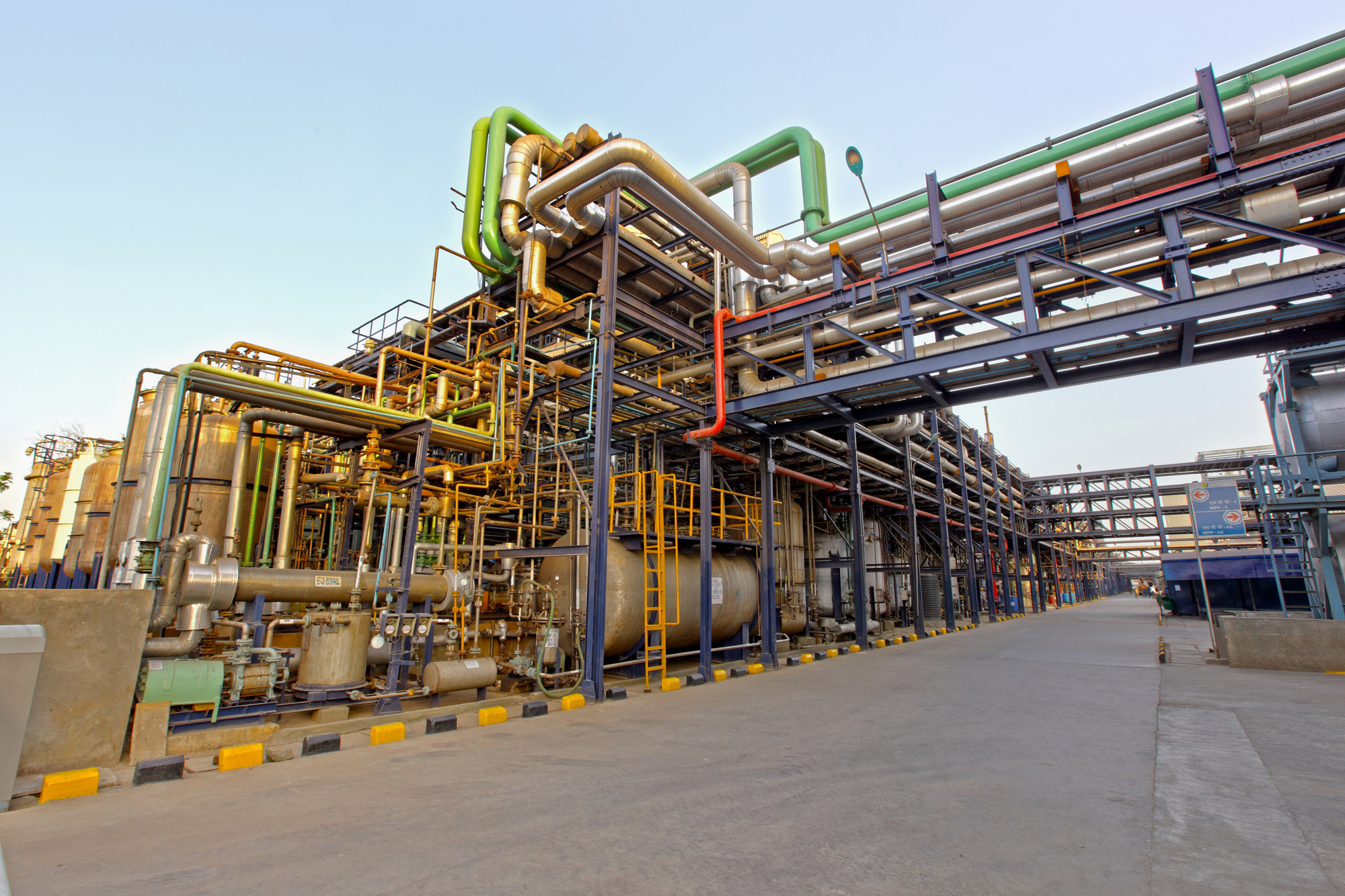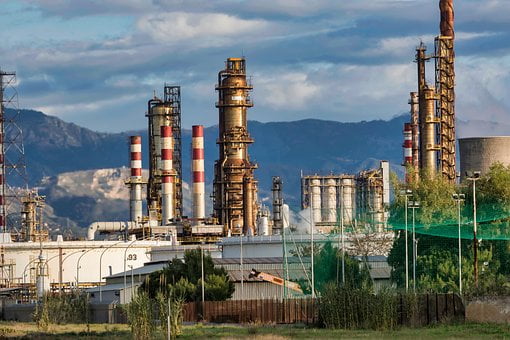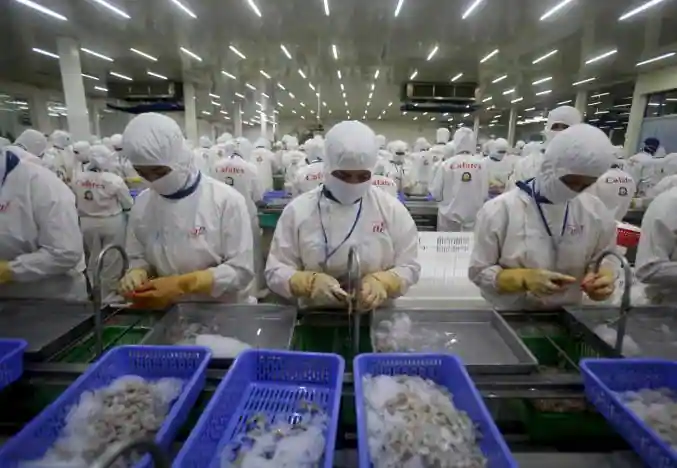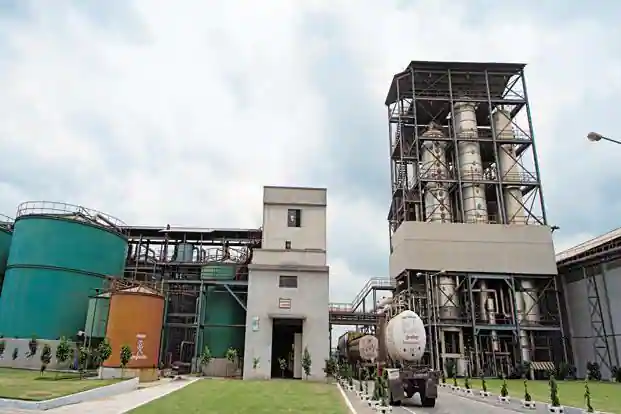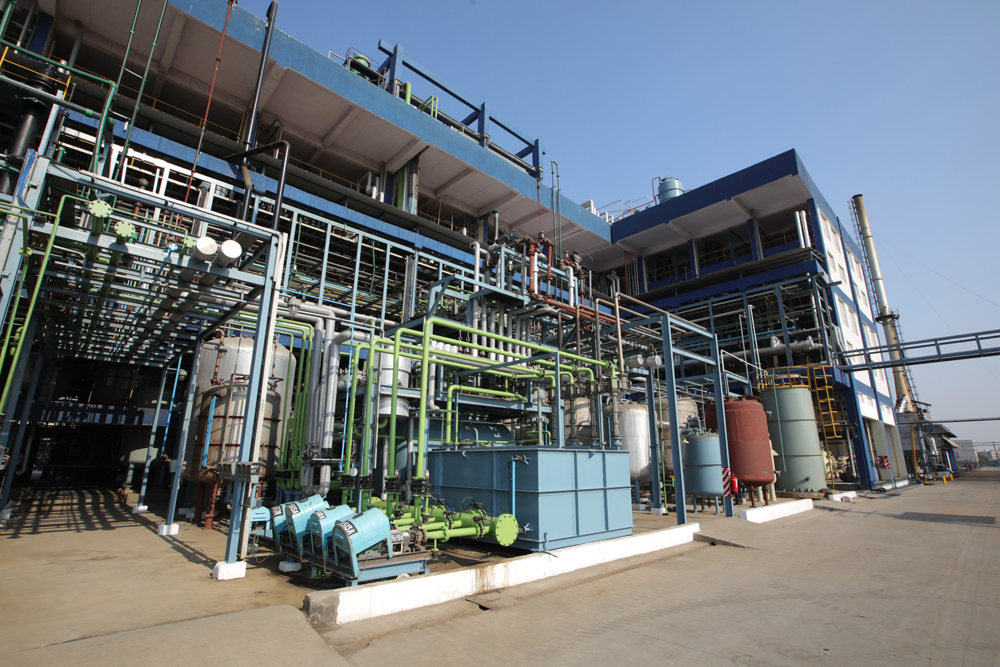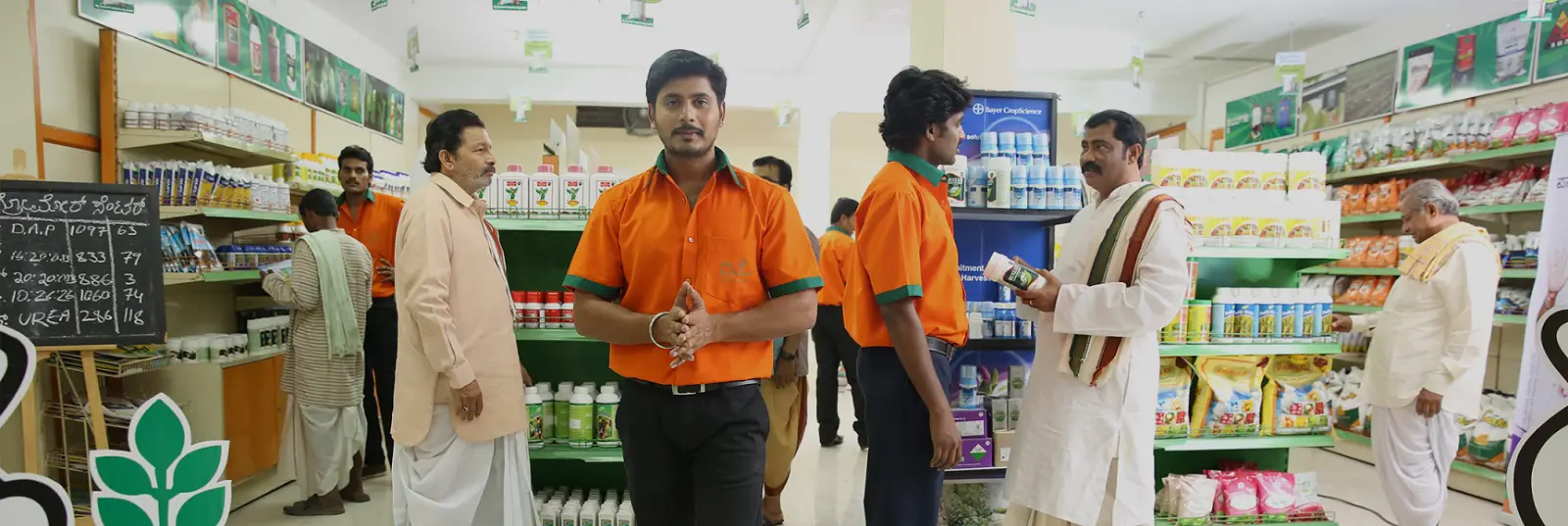This Will Fundamentally Change the Way You Look at the Best Agriculture Stocks to Buy Now in India 2022

This Will Fundamentally Change the Way You Look at the Best Agriculture Stocks to Buy Now in India 2022
Almost 58% of India’s workforce depends on agriculture for their livelihood, making it one of the nation’s most important economic sectors.
Approximately 17.8% of India’s Gross Value Added comes from this sector (GVA). The socioeconomic fabric of India is fundamentally woven by the country’s agricultural sector, which also serves as one of its economic pillars.
Naturally, home consumption depends heavily on agriculture and related businesses. India has significantly boosted its agricultural production in terms of variety and volume to provide food security and a fair share of exports.
As a result, the growth of the agrochemical industry has been significantly impacted by changes in the agricultural sector, making India one of the world’s largest consumers of agrochemical goods.
Some of the elements influencing the expansion of this industry are the constantly growing world population, the constant demand for economic expansion, and the production of food.
Additionally, farmers are being forced to survive due to various obstacles, including soil degradation, a lack of water supply, a shortage of land due to urbanization, and more.
Farmers will gain substantially from using “Kisan Drones” to inspect crops and digitize and spray nutrients and insecticides. As it gives, the farm sector has favourable effects on the industry.
Increased purchasing power and investments in better seeds, crop protection goods, tractors, irrigation systems, and other harvest-related equipment will follow a rise in farmer income.
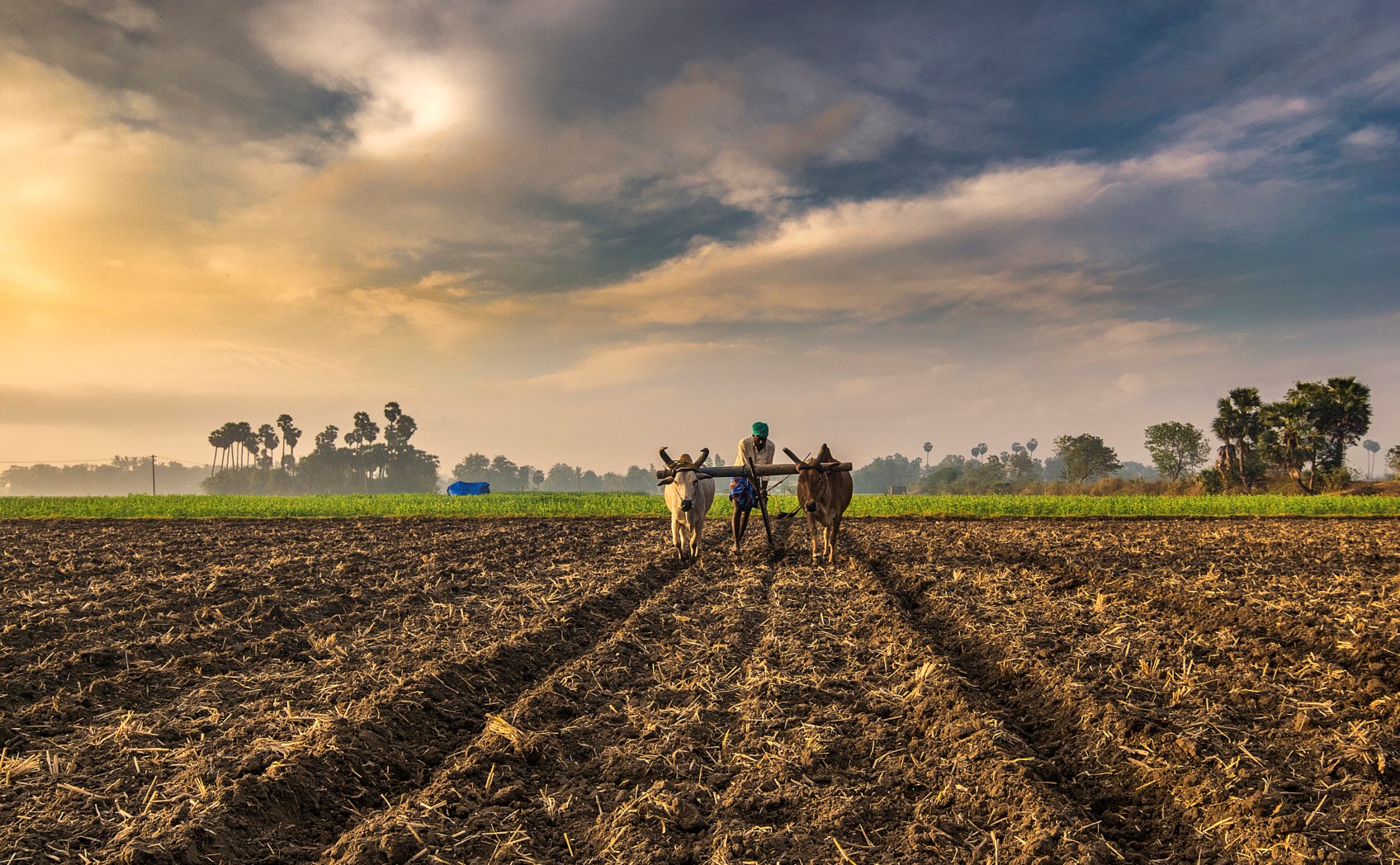
These are a thing that can help increase a farmer’s output and revenue.
The central government has invested roughly Rs. 131,000 crores in agriculture and related industries, concentrating mainly on creating an export-oriented economy.
One of the most critical industries in world, agriculture has a lot of opportunities to grow its consumption and needs tried-and-true goods like pesticides, tractors, and existing irrigation, with introducing new and more effective farming methods and products like biologicals, hybrid seeds, organic fertilizers and pesticides, new irrigation systems, and other goods.
There are many investment opportunities in the agriculture result. Investors have a variety of enterprises to pick from agricultural goods and services, including fertilizers (potash, nitrogen, and phosphate, with a categories thrown in), seeds, crushing and processing, and livestock.

Factors to Consider While Compiling the list of Best Agricultural Stocks
– Examine the variety of goods the Company sells because the agriculture sector requires a variety of goods, such as fertilizers for different types of soil and insecticides for different bug species that cause damage to different crops.
– Understanding the areas a company service is crucial because of how it does business. Thus, different states and regions are impacted by seasonality in different ways every year. A company that makes the offers helps the Company maintain healthy margins.
– Examine the R&D a company carries out to produce unique agricultural products. This is essential for businesses because the agricultural industry is continuously changing and developing new, better farming practices and goods that could help them differentiate themselves from their rivals and increase their revenue and profit margins.
-Investors must evaluate a company’s size and its scope and performance. A corporation can see repeat business from its has a higher capacity and a robust network. since many firms have distribution issues, which hinder their products from reaching correct customer and limit them grow.
– To identify the sustainability and growth a firm may achieve for investors, investors must also evaluate financial strength. Assessing the Company’s return ratios, such as Return on Equity (ROE%) and Return on Capital Employed (ROCE%), might help with this. These ratios are essential for determining the returns companies generate on the capital they invest in their businesses.
– Investors should pay special attention to the cash flows and how much revenue the Company generates. Investors can use the Operating Cash Flow/EBITDA ratio to assess a company’s ability to flows from operations. A better ratio of reveals the actual returns the Company , whereas a low ratio indicate revenue for procedures.
– To ascertain any substantial impact on companies, investors need also keep an eye out for changes in the legislation governing the industry. Regulations may alter the substances or compounds that are acceptable for use. A business that can dynamically adapt to such changes will be better equipped to adapt, stay viable over the long run, and produce profitable returns for investors.
To assess any substantial impact on companies, investors must also keep an eye out for changes in the legislation governing the sector. Regulations may alter the drugs or compounds that are acceptable for use. A business that can adjust to these changes quickly will be better able to do so, maintain its viability over time, and offer investors attractive returns.
An investor should choose companies wisely with the capacity for growth and the stamina to weather any economic downturns. R&D expenses, revenue growth, etc., should all be considered when investing in an agricultural company. The following sample portfolio provides a list of reliable agricultural companies that an investor could add to his holdings.
1. PI Industries Ltd
PI Industries, an integrated provider of agrichemicals solutions, was established in 1946 and presently serves the global market for complex chemistry solutions in the Agri and other fine chemicals sectors.
The Company, which has five multifunctional facilities and three agrochemical formulation plants, is a significant player in the local agricultural inputs market, particularly for agrochemicals and plant nutrients. The Company’s offerings include insecticides, fungicides, herbicides, and speciality goods.
By establishing a wholly-owned subsidiary PI Health Sciences Ltd., it has established itself in the domestic agricultural inputs and contract manufacturing (CSM) export segments. It is currently expanding into pharmaceuticals and speciality chemicals.
2. UPL Ltd
Crop protection products, intermediates, speciality chemicals, and other industrial chemicals are all produced, marketed, and distributed by UPL Ltd. (UPL). It also conducts research in these areas.
UPL has made several strategic collaborations and acquisitions to broaden its geographic reach and product portfolio. More than 200 entities are now a part of the group. Following the acquisition of ArystaLifeScience, UPL rose to the position of the fifth-largest crop protection firm globally.
The business is ranked top in BioSolutions among agrochemical businesses. It is also India’s biggest agrochemical company.
With a well-diversified Structure, the US, Europe, and Latin America roughly 69.72% of total revenue in the fiscal year 2021. Because of the Company’s reach, it is now less susceptible to fluctuations in demand from any Area.
Over the past five years, UPL’s EBITDA margin has been at 20-22%, thanks to flexible and multi-product manufacturing facilities and a robust supply chain.
Over the following three years, the management has forecast an EBITDA margin of between 24 and 25 per cent. Despite having a very challenging year, UPL increased profitability by inventing and changing.
3. Avanti Feeds Ltd
In addition to producing and exporting processed shrimp, Avanti Feeds distributes shrimp feed. Its annual capacity for shrimp feed is 600,000,000 tonnes (mtpa), of which 60,000 mtpa are produced in Gujarat, and the balance is 540,000 mtpa in Andhra Pradesh.
The Company has about 45% market share in the domestic feed industry. One of the top exporters of shrimp in the nation is Avanti Frozen Foods, a company subsidiary that processes shrimp and has an installed capacity of 22,000 mtpa.
Thai Union owns about 24.21% of the Company and 40% of Avanti Frozen Foods, one of the biggest producers of processed seafood, including shrimp and fish. Avanti Frozen Foods has well-established global marketing.
Through this tactical alliance, Avanti will have access to its massive global marketing network and its technological know-how in preparing shrimp and feed.
4. Balrampur Chini Mills
Balrampur Chini, the world’s second-largest sugar producer and its largest consumer, works for the Indian sugar industry. The demand for sugar is expected to rise due to the expansion of the GDP, rising disposable incomes, and greater consumer demand for processed items through contemporary retail.
The majority of the Company’s income comes from the manufacture of Agriculture sugar, which accounts for roughly 78% of revenues.
Next in line are the distillery business’s 14% revenues and co-8% generations of revenues. As of FY21, the Distillery segment generates the highest EBIT margins of the three, with a margin of 41.3%, followed by the Co-generation sector, with a margin of 12.5%, and the Sugar segment, with a margin of 6.2%.
The corporation is lowering its reliance on the sugar industry to reduce risk due to declining sugar margins. Balrampur, the second-largest sugar producer in India, has a combined daily cane-crushing capacity of 76,500 tonnes and a daily distillation capacity of 520 KLPD.
5. Bharat Rasayan
Agrochemicals prevent pests like insects, weeds, fungi, and others from destroying crops, thereby increasing crop productivity.
The world economy, in general, and the Indian economy, in particular, are grappling with several difficulties, including the need to feed a population that is only going to increase, dwindling arable land, and coping with unfavourable climatic changes.
The conventional techniques for producing more crops are insufficient in such situations. To increase field production, introducing innovative agrochemical treatments is becoming more accepted.
A rise in investments and private funding over the past few years has put Indian agriculture on a growth trajectory. Due to increased investment in agricultural infrastructures, such as irrigation systems, warehousing, and cold storage, the sector is anticipated to grow more quickly in the following years.
Reduced transaction costs, time, improved port gate management, and financial incentives will impact this increased propensity. Additionally, it is anticipated that the increased adoption of GM crops will increase yields among Indian farmers.
Growth in the national economy that is inclusive benefits from development in the agriculture sector and surrounding industries. The leading producer, consumer, and importer of pulses in India. As farmers become more at ease with their situation, the agricultural sector will grow.
Many new local and foreign clients have entered the Company’s portfolio in the past year in addition to the recurring business it has enjoyed for several years. Thanks to the Company’s commitment to the timely delivery of high-quality goods, more are predicted to do so soon.
The Company is equipped to execute critical initiatives in the future across all functional areas to meet market challenges and seize new possibilities. It is still dedicated to boosting revenue growth and profitability, drawing inspiration mainly from high-growth areas like seeds and nutrients.
6. Bayer CropScience
A dominant player in the Indian agrochemical market, Bayer CropScience Limited, a division of Bayer AG in Germany, enjoys favourable ties with farmers and has a broad product line and robust distribution system.
Crop protection, seeds and traits, environmental science, and digital farming are some of the Company’s business divisions. It has distinguished itself by utilizing tested competencies in technology-driven solutions, complex procedures, and services of the highest calibre.
The overall returns, measured at 31.3% of FY21, attest to this. The combination of Monsanto India Limited and Bayer CropScience Limited has improved the Company’s product line and growth potential. Following the merger, BCSL now includes product line-ups and continues to market them under their original brand names.
By joining two businesses that are complementary to one another, an innovation engine for Indian agriculture is established. Monsanto’s expertise in seed types, traits, and digital farming tools, along with BCSL’s cutting-edge crop protection technologies, may benefit Indian farmers.
The Company’s goal is to maximize Indian agriculture’s growth potential and export food, feed, and fibre.
To collect data from more than 275 registration trials, Bayer CropScience has worked with more than 45 agricultural research universities and institutions. In the years to come, this information will aid it in new product registrations.
The Company’s financial success has been consistent, with ROE for FY21 coming in at 19.1%. It regularly generated cash flows, with cash flow. Growing at a 27.24% CAGR from Rs. 206 crores in 2016 to Rs. 687 crores in 2021.
Almost debt-free, Bayer has good liquidity with Rs. 1,210 crores of FY21. Additionally, the stock trades at a P/E ratio of 39.5, which suggests that the Company is well-valued.
7. Coromandel International
One of the top private-sector fertilizer manufacturers in the nation, Coromandel International, has a substantial presence in South India. They are one of the top manufacturers of fertilizers of the highest calibre on the market.
Due to pests, diseases, and insufficient CPC application, the nation has crop losses of 15–25%. Additionally, India consumes only 0.6 kg of agrochemicals per hectare, compared to 5-7 kg in the US and 11–12 kg in Japan.
Climate change, rising labour costs, and poor CPC (Crop Protection Chemicals) penetration are projected to be the primary growth drivers for CPC in India. Almost 3.5 million tonnes of fertilizer can be produced in Coromandel, which makes up roughly 22% of India’s domestic production capacity.
The facilities can generate 13 different products using a variety of acid and rock mixtures. The Company has a presence in the country’s Southern, Eastern, and Western areas.
Along with its Agriculture fertiliser business, the company is in retail and nutrients. Speciality nutrients are agri-input markets in India that have shown the greatest increase. The company’s products include micronutrients, secondary nutrients, and water-soluble fertilizers.
The largest rural retail network in India and dominates the market for organic manure there.
Before investing in the best agriculture stocks, take into account the risks.
– Government restrictions governing the usage of specific Agriculture materials and Agriculture chemicals, which can be essential components of these enterprises’ product offerings, may change.
A regulation change might significantly impact the Company’s earnings because product sales would have to halt immediately, and a new product could need to be developed to replace the old one.
Due to the Company’s inability to sell its current Agriculture products, this could result in significant research and manufacturing expenditures. In severe circumstances, a rival’s product may overtake the Company’s market share, affecting its supremacy in that product line.
– In the past, the weather in India has been quite erratic, with uneven rainfall occurring in all of the country’s states.
Agriculture fertilizers and Agriculture pesticides may decline in a given year if there is less rainfall, which may affect f a particular crop or state. This revenues and the overall growth rate of the Company.
– The agricultural industry and the economy have always benefited not all businesses will benefit. A situation where one firm manufactures a specific type of Agriculture fertilizer and the development of a new, improved version of the said fertilizer could hurt sales of the current fertilizer is an example.
In addition, a rival may take the Company’s part of the market if it cannot develop its version of the new fertilizer.
– Financial hazards could include failing to g less money and losing market share. Increased input costs, higher interest rates, excessive credit reserves, and adverse changes in rates of imports made by businesses can result in financial hazards.
– Financial hazards include not having less than expected, and losing market share. Rising input costs, rising interest rates, excessive borrowing, increasing cash, a lack of cash or credit reserves, and unfavourable changes in exchange rates in the case of imports made by the Company to develop its products can also pose financial hazards.
Edited by Prakriti Arora

